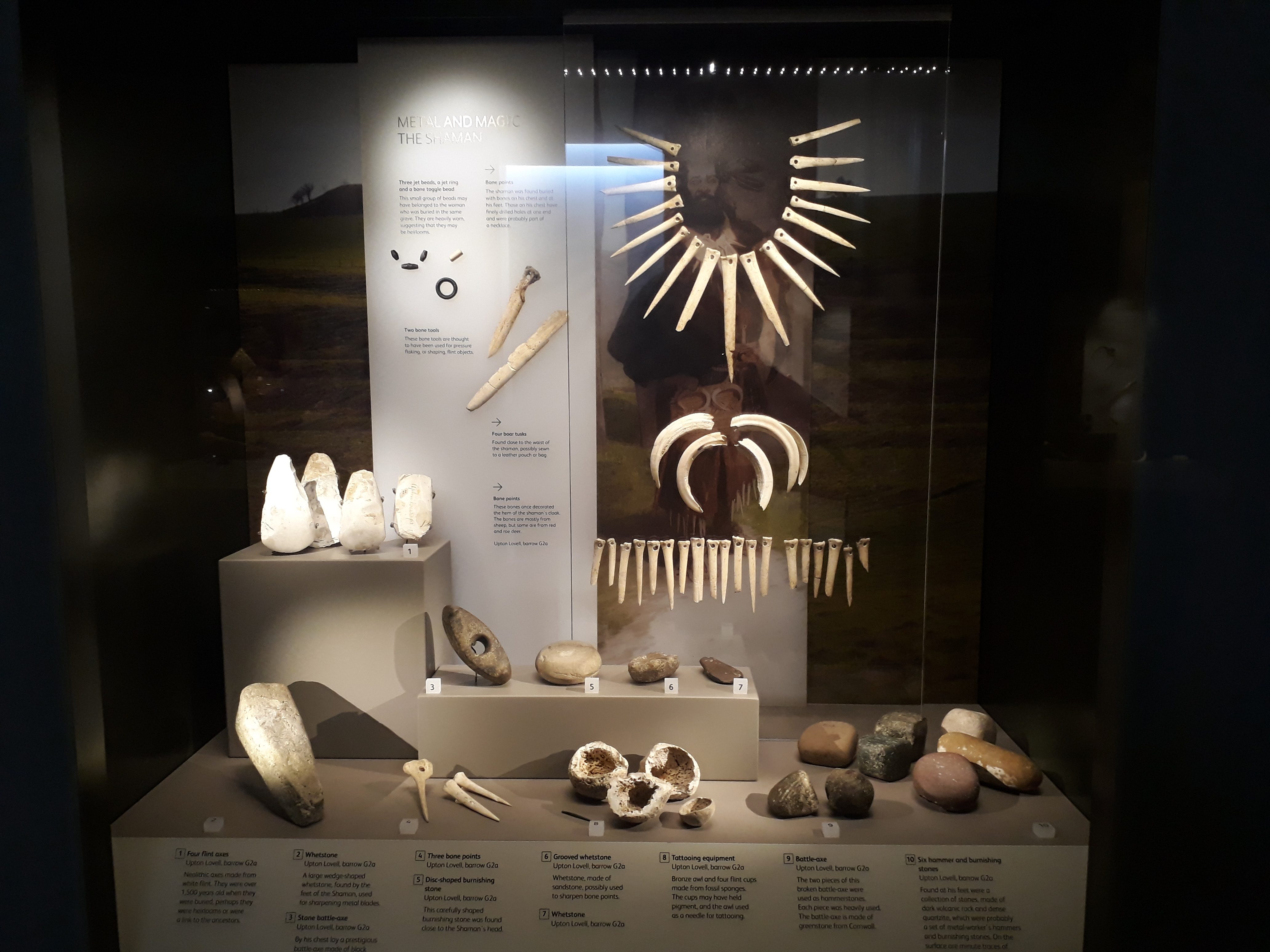For obvious reasons, the metal most associated with the Bronze Age does tend to be, well, bronze. But that’s certainly not the only thing our ancestors were rocking all those thousands of years ago – and a new discovery out of Wiltshire, England, has reminded archaeologists that when it comes to bling, some things never change.
“Gold is a ‘star’ material in much of the Bronze Age literature: it grabs attention and is seen as valuable and prestigious,” explains a new paper, published today in the journal Antiquity. “It is valued differently, worked differently, and those that had access to it are marked as different.”
And for proof of that, the researchers behind the paper need look no further than an ancient barrow known as Upton Lovell G2a. Originally excavated back in 1801, it’s not the discovery of this grave itself that is making the news, but what was inside – and a few details that have spent the last two centuries hiding in plain sight.
“At the recent ‘World of Stonehenge’ exhibition at the British Museum, we know that the public was blown away by the amazing 4,000-year-old goldwork on display,” said Rachel Crellin, Associate Professor of Archaeology at the University of Leicester and lead author of the research, in a statement seen by IFLScience. “What our work has revealed is the humble stone toolkit that was used to make gold objects thousands of years ago.”
This kit had been quietly sitting in the local Wiltshire Museum for decades, until Christina Tsoraki, a research associate from the University of Leicester’s archaeology department, came to analyze it as part of the university’s “Beyond the Three Age System” project. Her study found trace amounts of gold still on five artifacts from the grave, which further analysis with electron microscopy and spectrometry would later confirm to be Bronze Age in origin.
It was an important discovery, but not necessarily a surprising one: the barrow at Upton Lovell G2a was already known to have gold residue on at least one of the grave goods found inside. But these new additions to the goldsmithing kit suggested something intriguing about the identity of those buried inside – a mysterious figure who, until now, has split archaeological opinion.
That’s because, as well as the metalworking tools, whoever was interred in the Upton Lovell barrow also took with them more than 40 perforated bone points, three perforated boars’ tusks, a collection of polished stones and beads, and more. It’s the kind of collection you’d expect to find in the grave of somebody really important – a shaman, maybe, or somebody with high prestige in the community.
The grave goods from the Upton Lovell burial on display at the Wiltshire Museum in Devizes. Image credit: Wiltshire Museum, Devizes
Add to that the collection of twisted and reformed battle axes, anvils, and awls, that were also found there, and the identity of this Bronze Age individual seems to grow ever more hazy. But according to the team behind the new paper, it all makes sense – we just need a shift in perspective.
“The [person] buried at Upton Lovell, close to Stonehenge, was a highly skilled craftsman, who specialized in making gold objects,” explained Lisa Brown, curator at the Wiltshire Museum. “His ceremonial cloak decorated with pierced animal bones, also hints that he was a spiritual leader, and one of the few people in the early Bronze Age who understood the magic of metalworking.”
The costume and tools found in the grave, the team suggest, point not so much to the job title “shaman” or “metalworker”, but as glimpses into the rich and mysterious processes behind the ancient methods of working with gold.
“Never static, these objects changed and shifted, requiring modification, repair and reuse,” the paper explains. “They speak to a complex interweaving of bodies – human and non-human – and their varied histories.”
“There is far more complexity here, in relations, histories, gestures and processes, than could ever be captured under the label ‘shaman’, ‘metalworker’ or ‘goldsmith’,” it continues. “What these grave goods stress, when attention is paid to their stories, is quite different. They speak of material journeys, the color of stone and the texture of gold capturing relations that flow across landscapes.”
The paper can be found in the journal Antiquity.
Source Link: Ancient Gold From Near Stonehenge Reveals Glimpse Into Bronze Age Mystery – And Mythology
